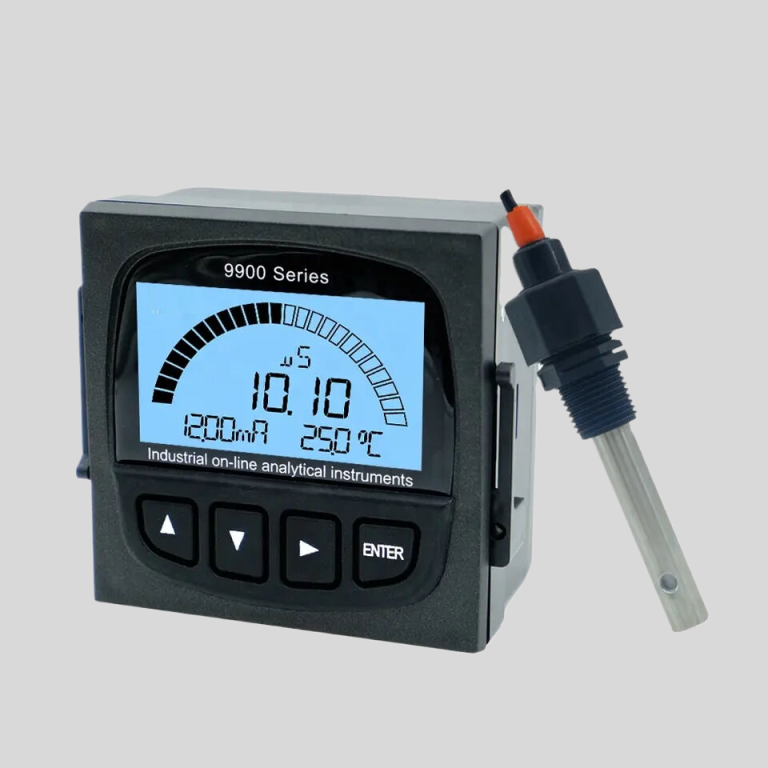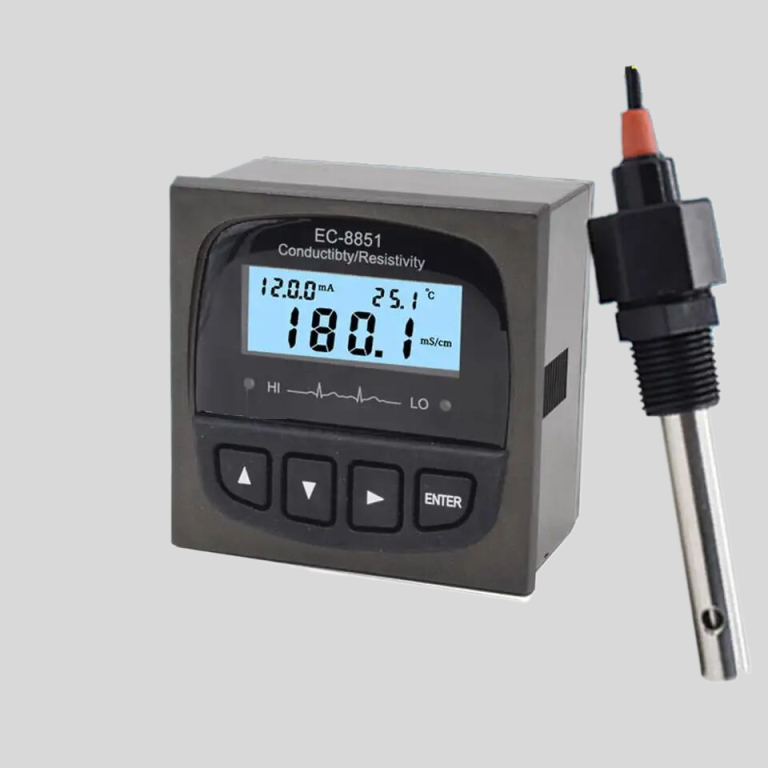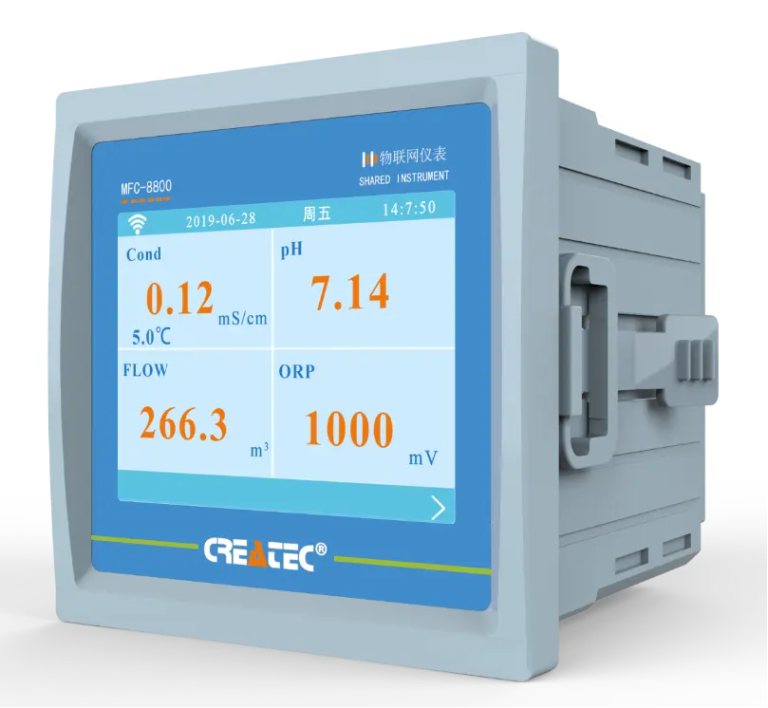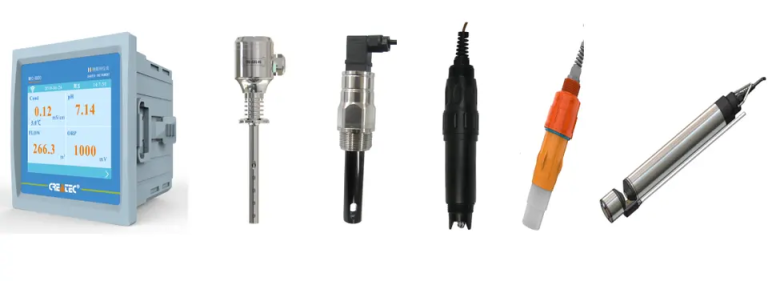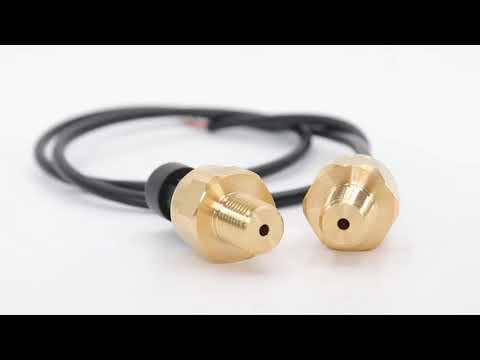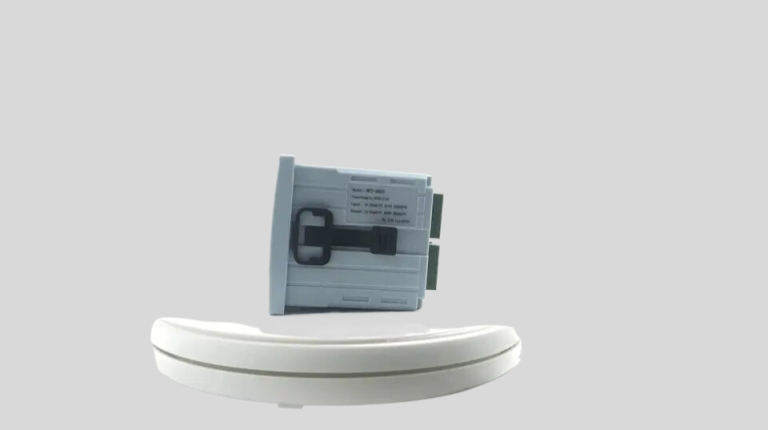The Importance of Using a TDS Meter for Brewing Coffee
When it comes to brewing the perfect cup of coffee, there are many factors to consider. From the type of beans used to the brewing method, every detail plays a crucial role in the final taste of the coffee. One often overlooked tool that can greatly impact the quality of your coffee is a Total Dissolved Solids (TDS) meter.
| ROS-2015 Single Stage Reverse Osmosis Program Controller | |
| 1.water source water tank without water protection | |
| 2. low pressure protection | |
| Acquisition signal | 3.pure water tank full protection |
| 4.high pressure protection | |
| 5.external control(manual/automatic switch) | |
| 1.water inlet valve | |
| Output control | 2. flush valve |
| 3. low pressure pump | |
| 4.high pressure pump | |
| AC220v±10% 50/60Hz | |
| Power supply | AC110v±10% 50/60Hz |
| DC24v±10% | |
| Control output | 5A/250V AC |
| Flush the way | Low pressure flush/ high pressure flush |
| Relative humidity | ≤85% |
| Ambient temperature | 0~50℃ |
| Hole Size | 45*92mm(high*wide) |
| Installation method | The embedded |
| Display usage | Standard RO process flow chart, supporting LED dynamic display |
| Process control | When the system is turned on for the first time,the system performs 30s membrane flushing, |
| instructions | and flush 10s when the machine is running and the water tank is full. Run continuously for 3h |
| or stand by for 3h when the water is full, automatically intervene in flushing for 10s | |
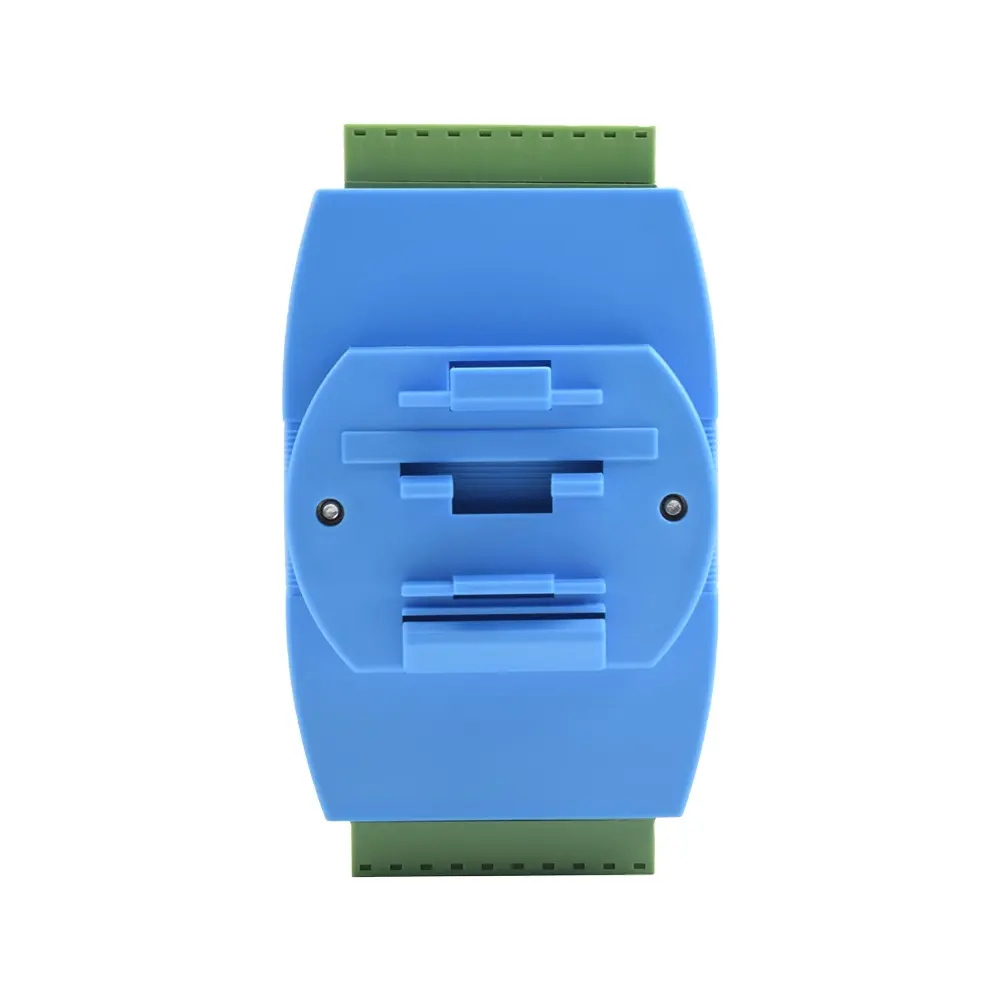
A TDS Meter is a device that measures the concentration of dissolved solids in a liquid. In the context of coffee brewing, a TDS Meter can be used to measure the strength of the coffee, which is directly related to the extraction of flavor compounds from the coffee grounds. By measuring the TDS of your coffee, you can ensure that you are extracting the optimal amount of flavor from your beans.
One of the key benefits of using a TDS Meter for brewing coffee is that it allows you to consistently replicate your favorite brews. By measuring the TDS of your coffee each time you brew a new batch, you can adjust variables such as grind size, brewing time, and water temperature to achieve the desired strength and flavor profile. This level of precision is essential for coffee enthusiasts who are looking to perfect their brewing technique.
| Model | EC-1800 online conductivity controller |
| Range | 0-2000/4000uS/cm 0-20/200mS/cm |
| 0-1000/2000PPM | |
| Accuracy | 1.5%, 2%, 3%(FS) |
| Temp. Comp. | Automatic temperature compensation based on 25℃ |
| Oper. Temp. | Normal 0~50℃; High temp 0~120℃ |
| Sensor | C=0.1/1.0/10.0cm-1 |
| Display | 128*64 LCD Screen |
| Communication | 4-20mA output/2-10V/1-5V/RS485 |
| Output | High/Low limit dual relay control |
| Power | AC 220V±10% 50/60Hz or AC 110V±10% 50/60Hz or DC24V/0.5A |
| Working Environment | Ambient temperature:0~50℃ |
| Relative humidity≤85% | |
| Dimensions | 96×96×100mm(H×W×L) |
| Hole Size | 92×92mm(H×W) |
| Installation Mode | Embedded |
Another important aspect of using a TDS Meter for brewing coffee is that it can help you identify and correct any issues with your brewing process. For example, if your coffee is consistently tasting weak or bitter, a low TDS reading may indicate that you are under-extracting or over-extracting the coffee. By making adjustments to your brewing parameters based on the TDS readings, you can fine-tune your brewing technique and achieve a more balanced and flavorful cup of coffee.
In addition to helping you improve the quality of your coffee, a TDS Meter can also save you money in the long run. By ensuring that you are extracting the optimal amount of flavor from your beans, you can use fewer coffee grounds per batch, which can result in significant cost savings over time. This is especially important for coffee shops and roasters who brew large quantities of coffee on a daily basis.
When choosing a TDS Meter for brewing coffee, it is important to select a high-quality device that is accurate and reliable. Look for a TDS Meter that is specifically designed for measuring the TDS of coffee, as these devices are calibrated to provide accurate readings in the range of TDS levels typically found in coffee. Additionally, consider investing in a digital TDS Meter with a built-in temperature sensor, as temperature can also affect the accuracy of TDS readings.
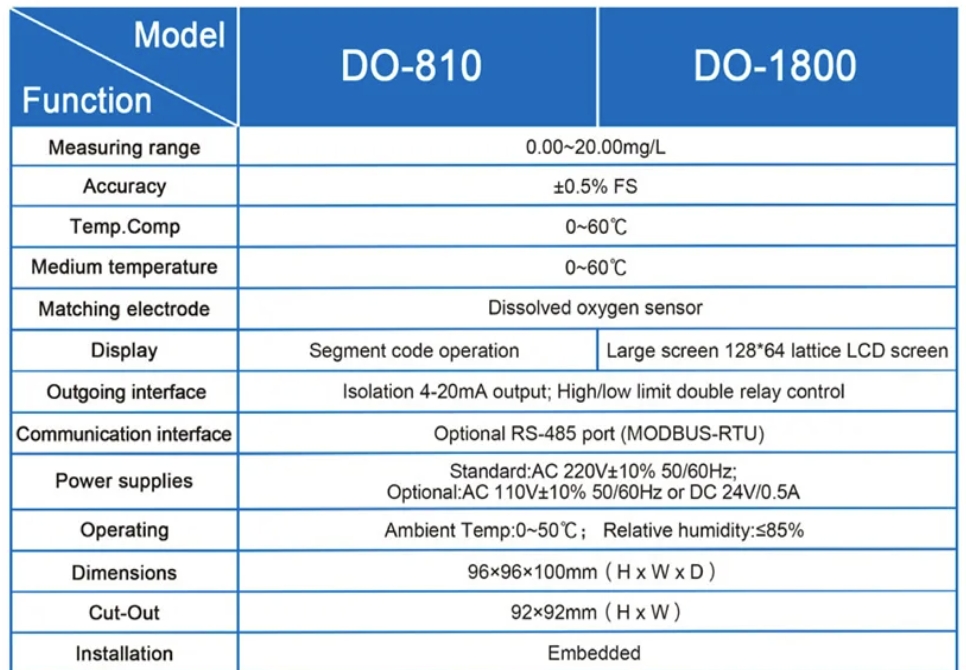
In conclusion, using a TDS Meter for brewing coffee is a simple yet effective way to improve the quality of your brews. By measuring the TDS of your coffee, you can achieve a consistent flavor profile, identify and correct brewing issues, and save money on coffee grounds. Whether you are a home brewer or a professional barista, a TDS Meter is a valuable tool that can help you take your coffee brewing skills to the next level.

